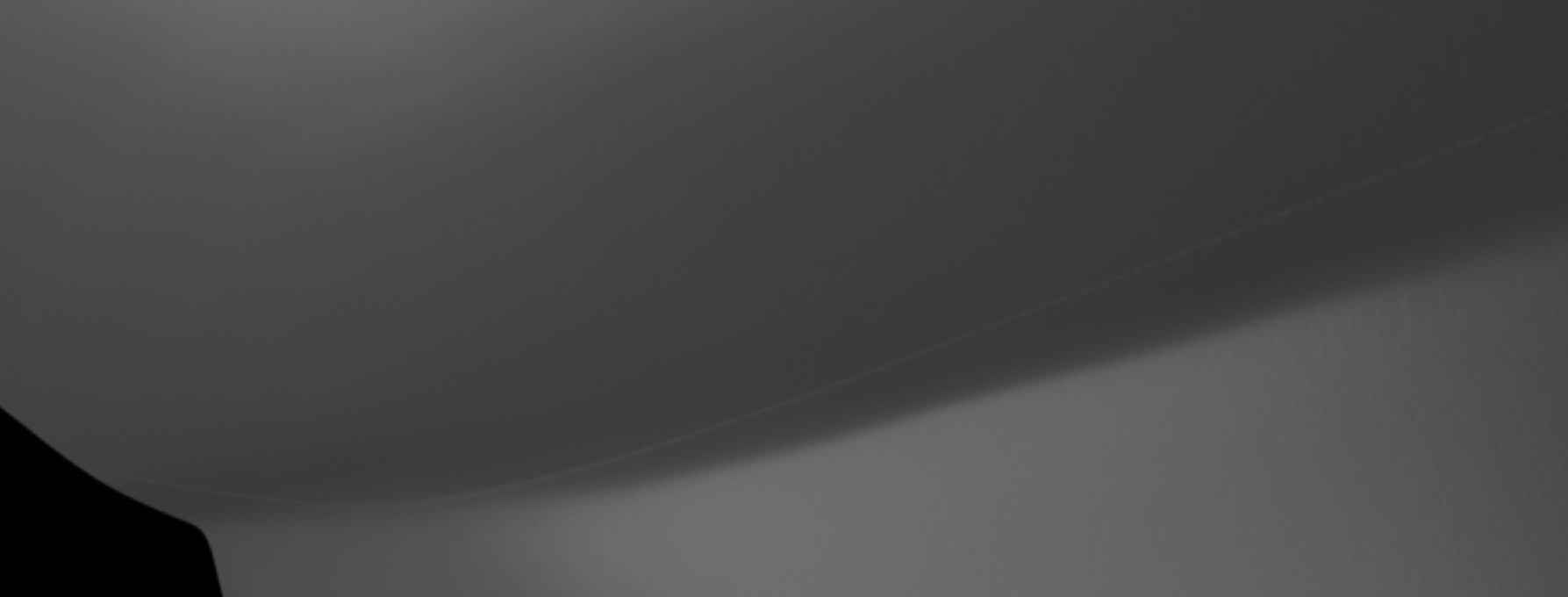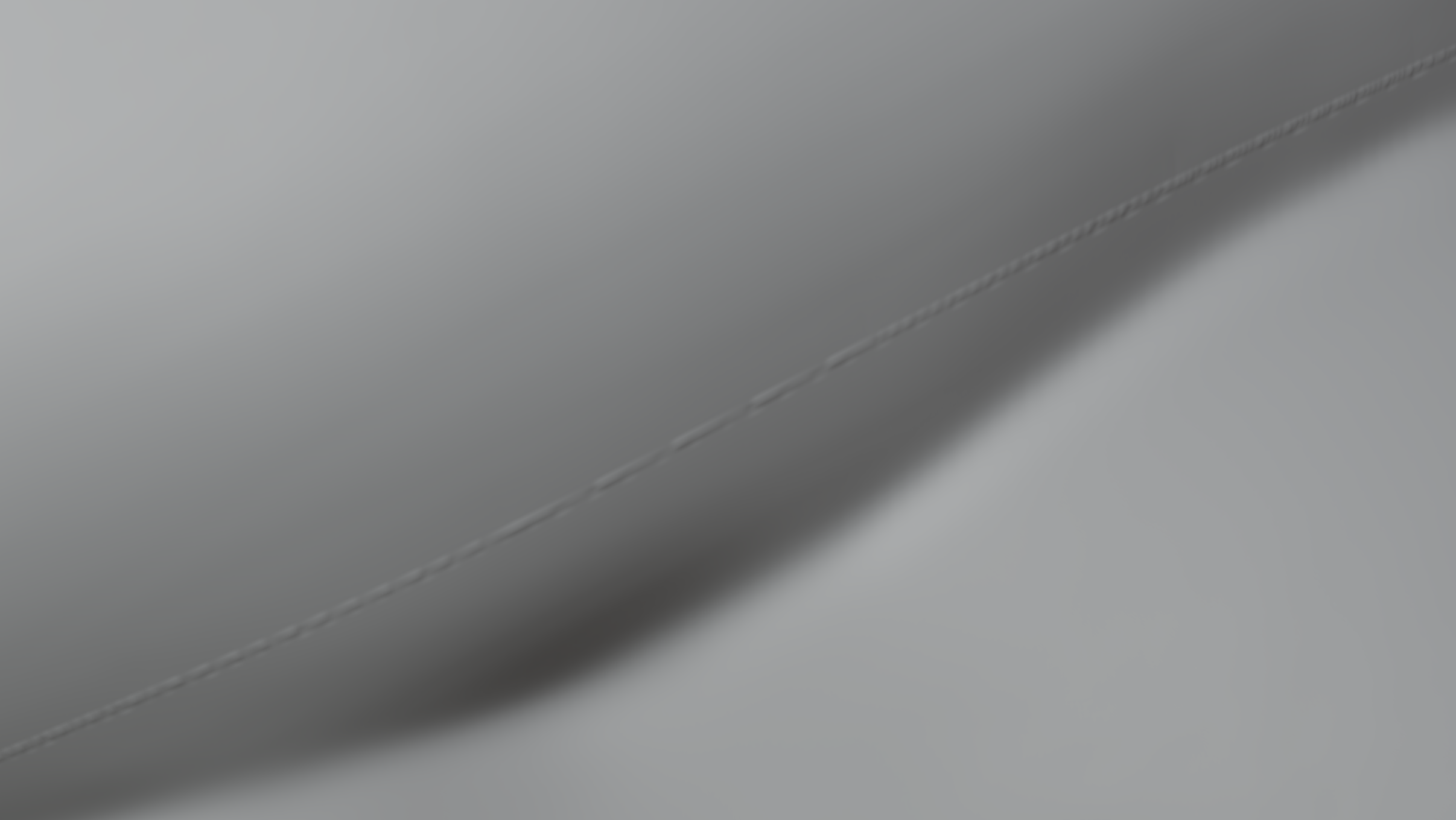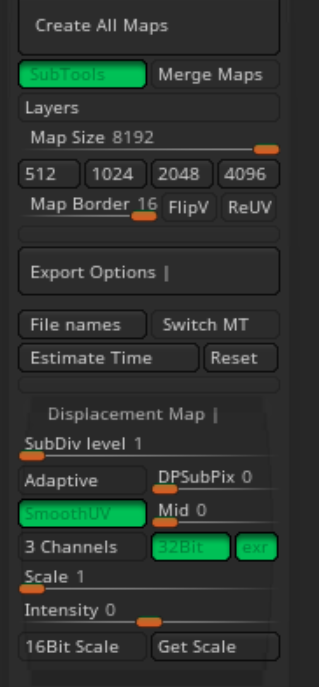The BRAWL² Tournament Challenge has been announced!
It starts May 12, and ends Oct 17. Let's see what you got!
https://polycount.com/discussion/237047/the-brawl²-tournament
It starts May 12, and ends Oct 17. Let's see what you got!
https://polycount.com/discussion/237047/the-brawl²-tournament
Zbrush: Displacement artifacts on seams
I have an artifacts like this after baking displacement in zbrush. There is no difference in the settings I use or 16bit/32bit or format or resolution. When I use SubDiv 5+ on objects with displacement I see this weird stuff on seams, Blender or Maya, doesn't matter.


It's NOT like in that video: https://www.youtube.com/watch?v=-_LEhQtA4pA
https://www.youtube.com/watch?v=-_LEhQtA4pA
I saw a couple of posts with exactly the same problem, but there was no solution there:
https://www.reddit.com/r/ZBrush/comments/kebbv3/noticeable_seams_on_exported_displacement_maps/
(more details about the problem here)
I think here also the same problem: https://polycount.com/discussion/146491/displacement-map-seams-zbrush-scan , but what the guy wrote at the very end is very encouraging.
Maybe I did something wrong (some not very common mistake), but I just don't understand how there can be such significant artifacts on the seams of the model (including when I use AutoBump in Maya Arnold) while there is lots of super detailed renders.
I want to know why it's happening in zbrush with displacement maps (normal maps is ok)



It's NOT like in that video:
 https://www.youtube.com/watch?v=-_LEhQtA4pA
https://www.youtube.com/watch?v=-_LEhQtA4pAI saw a couple of posts with exactly the same problem, but there was no solution there:
https://www.reddit.com/r/ZBrush/comments/kebbv3/noticeable_seams_on_exported_displacement_maps/
(more details about the problem here)
I think here also the same problem: https://polycount.com/discussion/146491/displacement-map-seams-zbrush-scan , but what the guy wrote at the very end is very encouraging.
Maybe I did something wrong (some not very common mistake), but I just don't understand how there can be such significant artifacts on the seams of the model (including when I use AutoBump in Maya Arnold) while there is lots of super detailed renders.
I want to know why it's happening in zbrush with displacement maps (normal maps is ok)
Replies
I would suggest adding more padding, just completely fill the empty gutters with padding. Photopea has a fast padding filter, and you may need to run it a couple times to completely fill your gutters.
It may also be a limitation of your renderer. Which renderer are you using in Maya? V-Ray in 3ds Max for example can reduce or eliminate displacement seams, but the asset has to use a specific technique. https://docs.chaos.com/display/VMAX/Rendering+ZBrush+Displacement
Map border (Zbrush) = padding, or are these different things?
Generally, Eric's advice makes sense but the padding distance applies more to when the textures are viewed from a distance at lower mipmips. At mip 0 this shouldn't come into play and you shouldn't see seams unless there is some other problem (unless you have 0 padding).
Do you see seams if you do not use sub-d on the lowpoly mesh?
When using sub-d things get more complicated. Different apps may smooth the UVs differently (or not at all), make sure where the map is baked and where it is displayed has the same sort of UV behavior if you can. Ideally, you should bake the displacement map (and other maps) at the target sub-d level. So if you plan to sub-divide the low poly 5x, apply that sub-d before baking.
Maya Arnold (AutoBump Enabled) ↓↓↓ (I mean even autobump feature catches these artifacts)
Maya Arnold (AutoBump Disabled) ↓↓↓
Blender viewport ↓↓↓
Artifact seams are still here
https://www.cggallery.com/tutorials/displacement/
I read everything, but I was already aware of all these problems in zbrush from the last section (COMMON PITFALLS & AVOIDING THEM)
(what doesn't happen in Zbrush).
Even when I export the displacement 16 bit (multi map exporter) and import it back into zbrush in the tool>displacement map and apply it to the SubDiv8 basemesh, these artifacts appear on the seams... even in the zbrush itself.